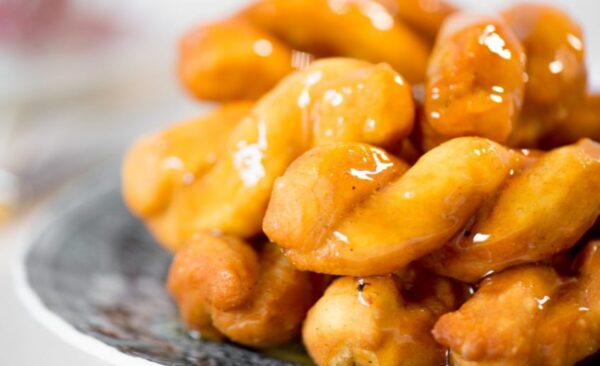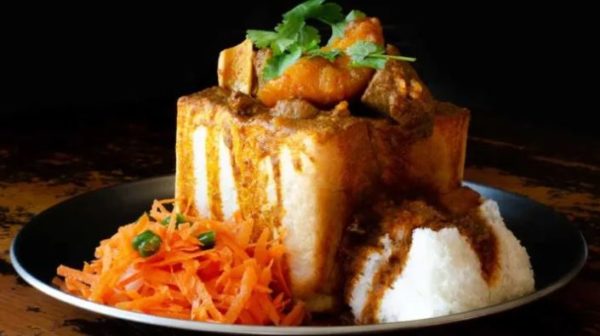1. Pap (Maize Meal)
Pap is a staple in many South African households. However, it’s made from refined maize, which has a high glycemic index and can cause blood sugar spikes — especially when consumed in large portions or without fibre-rich sides.
Healthier tip:
Eat smaller portions and pair with non-starchy vegetables or lean protein. Consider brown or wholegrain maize meal when available.
2. White bread and Vetkoek
White bread and vetkoek (fried dough bread) are made from refined flour and often eaten with sugary spreads or greasy fillings. These break down quickly into sugar in the body and lack fiber.
Healthier tip:
Switch to whole-grain bread and reserve vetkoek for occasional treats.
3. Fried foods (Like Kota with Chips, Russian, or Vienna)
Popular street food combos like kota (a hollowed-out bread filled with fried items and sauces) are loaded with refined carbs, unhealthy fats, and salt. This combo can lead to weight gain and insulin resistance over time.
Healthier tip:
Enjoy in moderation and add more vegetables to your plate. Try grilled meats instead of fried.
4. Sugar-laden beverages (Soft drinks and Sweetened juices)
Sugary drinks like Coca-Cola, Fanta, or boxed juices are a major source of added sugar. They can cause blood sugar spikes and contribute significantly to daily sugar intake without making you feel full.
Healthier tip:
Drink water, sparkling water with lemon, or homemade unsweetened rooibos iced tea instead.
5. Boerewors and processed meats
Boerewors, polony, and other processed meats often contain high levels of saturated fats and preservatives. While they’re not high in sugar, regular consumption has been linked to insulin resistance and weight gain — key factors in diabetes.
Healthier tip:
Eat leaner cuts of meat like grilled chicken or fish, and keep processed meats as occasional items.
6. Traditional desserts (Malva pudding, Koeksisters)
These desserts are high in sugar and fat. Malva pudding, for example, is often served warm with custard or cream — delicious, but also a sugar bomb.
Healthier tip:
Keep portions small, or try lighter versions with less sugar and alternative sweeteners.
7. High-starch vegetables (Like potatoes and butternut, especially when mashed or fried)
While nutritious, starchy veggies like potatoes and butternut can raise blood sugar levels, especially when deep-fried or served in large amounts.
Healthier tip:
Roast or steam instead of frying, and mix with leafy greens or legumes to slow sugar absorption.
Final thoughts:
South African cuisine is rich, flavorful, and diverse. You don’t need to cut these foods out — just eat them mindfully, balance them with fiber and protein, and watch portion sizes. Managing diabetes risk is all about consistency, not restriction.








